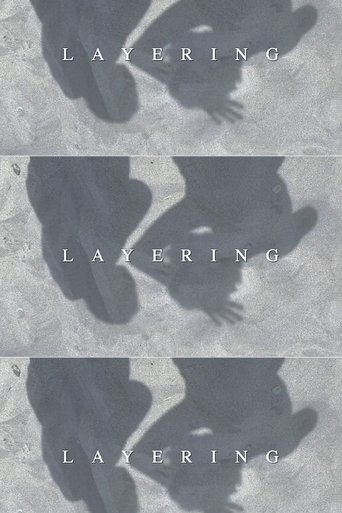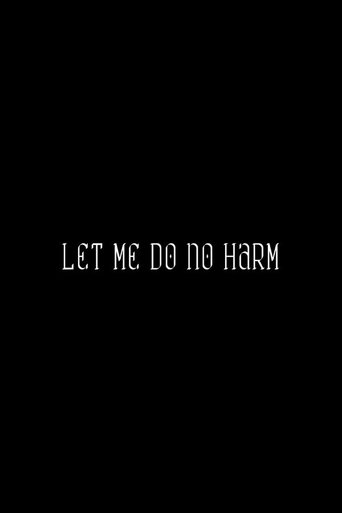![Pico Sacro [The Holy Mountain]](https://image.tmdb.org/t/p/w342/hr3xO9cKU0oRw8lEa3lXGTOKFRA.jpg)
Pico Sacro [The Holy Mountain]
In a leafy forest, a Galician sovereign who longs to attain wisdom meets a sorcerer, who tells him: “Go back to your country and study the Earth and the Stars in the sky; anywhere in the world reflects an image of it. You will ride on this arrow, which you must keep for a hundred years and a day. After this time, stick it in the widest valley of all those you possess, with the tip facing the sky. Then the Moon will come and, just as it exerts its action on the waters of the sea, it will act on the arrow, turning it into a holy mountain." - Legend about the Pico Sacro Inspired by Hokusai's views of Mount Fuji and Cézanne's paintings of Mont Sainte-Victoire, "Pico Sacro [The Holy Mountain]" aims to reveal the mystery and the magic that underlie reality.
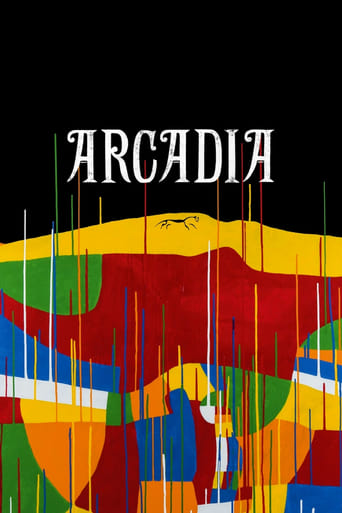

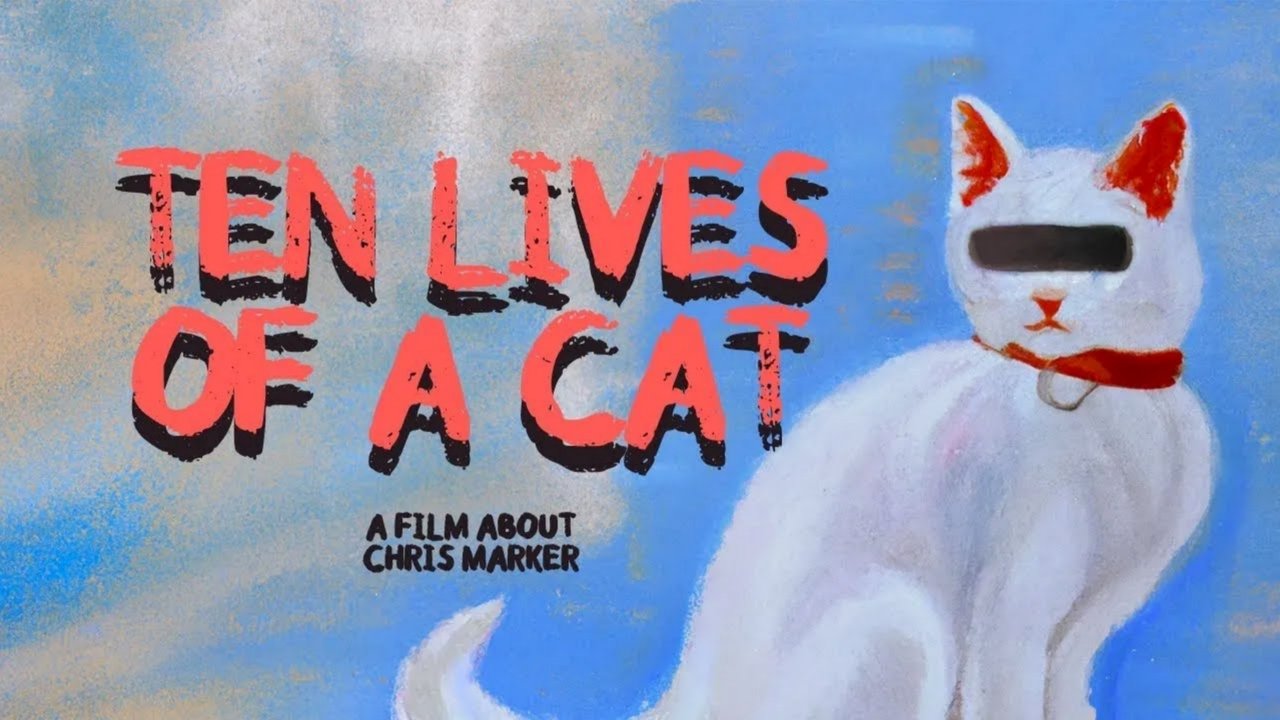
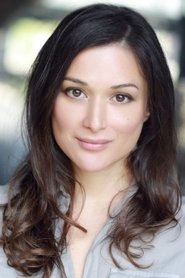
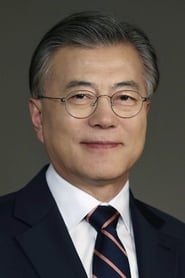
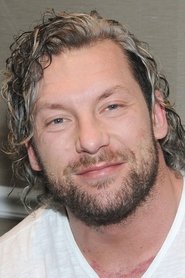

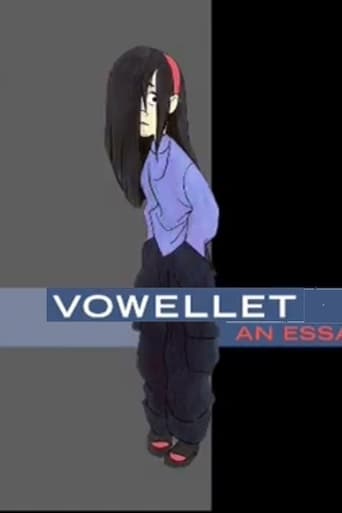
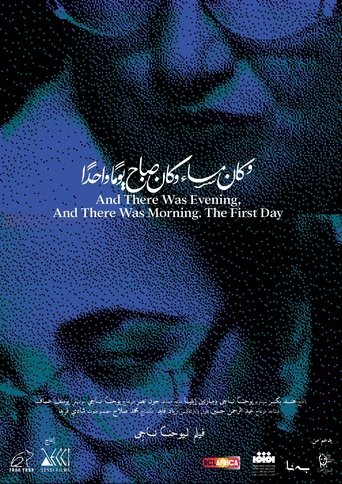
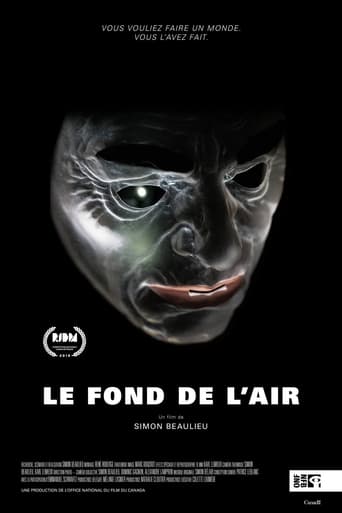
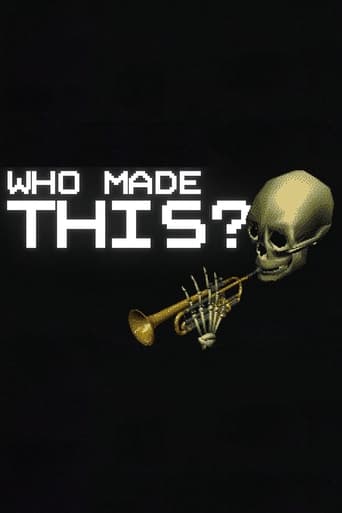
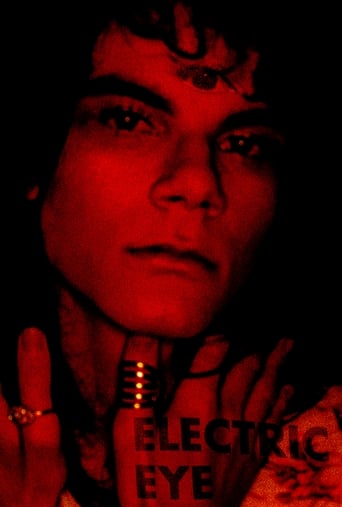
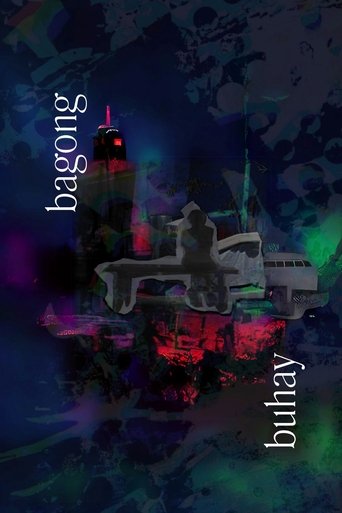
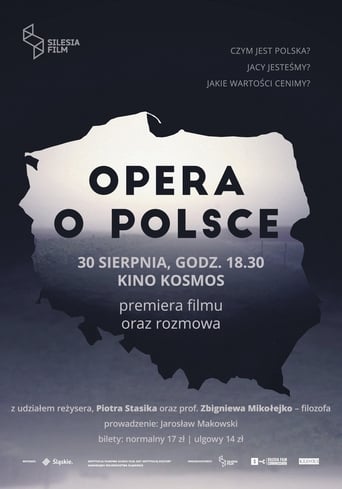
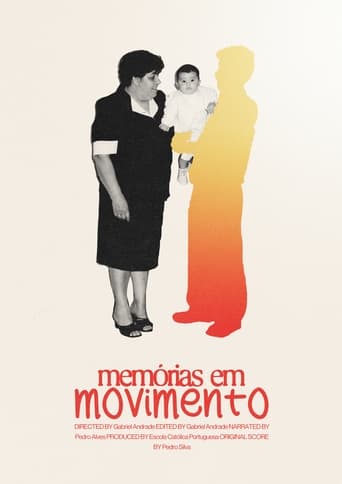

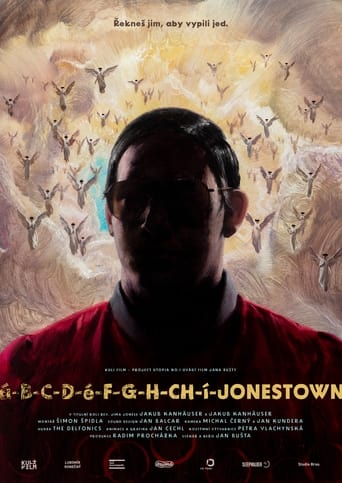

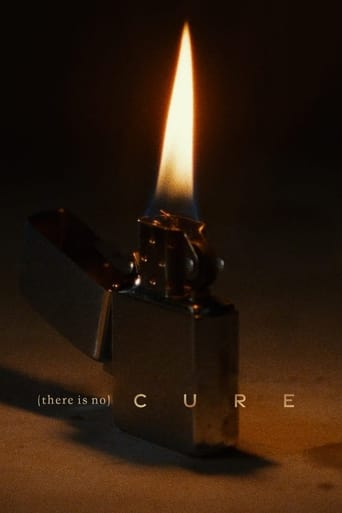
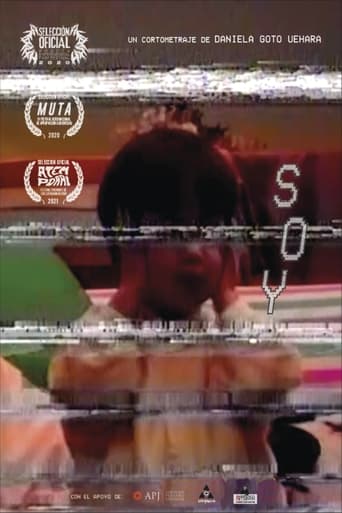
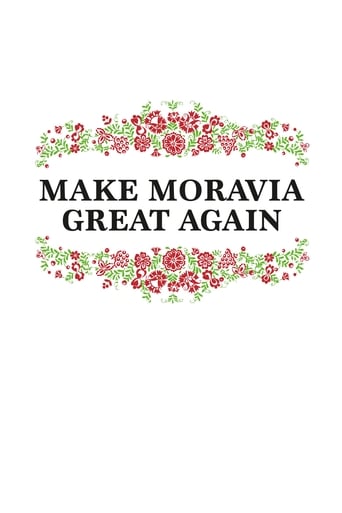
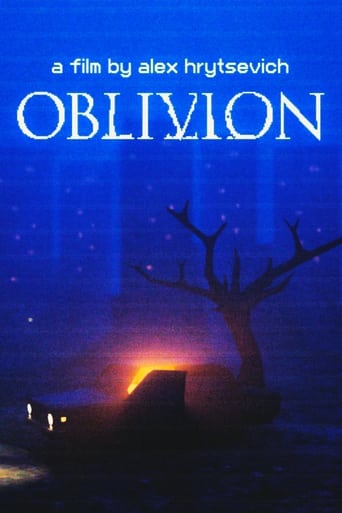
![Pico Sacro [The Holy Mountain]](https://image.tmdb.org/t/p/w342/hr3xO9cKU0oRw8lEa3lXGTOKFRA.jpg)
